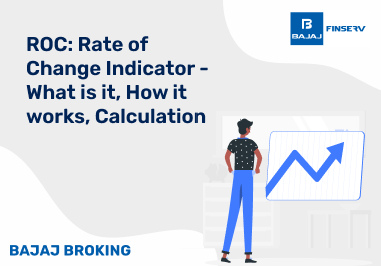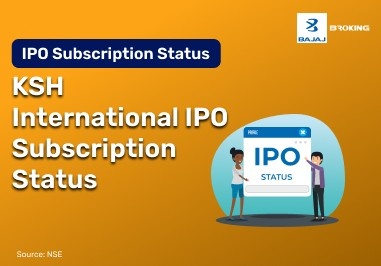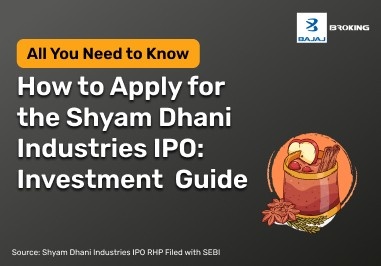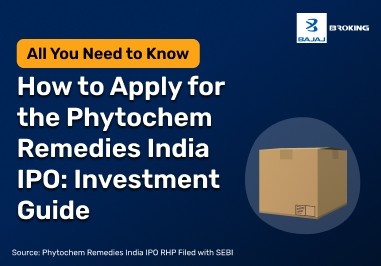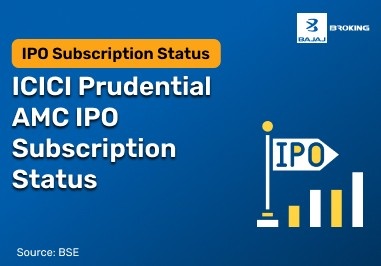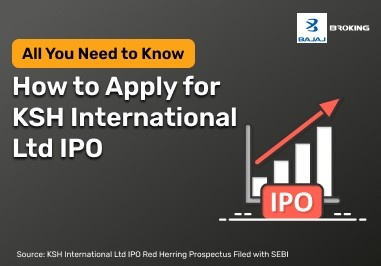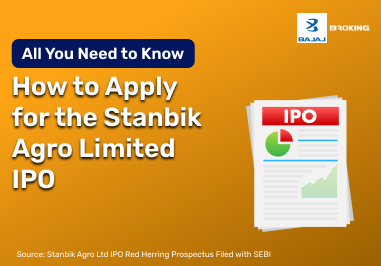Mutual funds may seem similar, but they come in two main types: open-ended and closed-ended. Both pool investor money into diversified portfolios, yet differ in structure and liquidity. Open-ended funds issue fresh units whenever investors buy in, allowing easy entry and exit at daily Net Asset Value (NAV).
They’re like shops that never close, offering flexibility and accessibility. Closed-ended funds, however, issue a fixed number of units at launch, similar to theatre tickets. Once sold, they can only be traded on the stock exchange, where prices depend on supply and demand rather than just NAV.
What Are Open-Ended Mutual Funds?
So, let’s unpack open-ended funds a little more. These are mutual funds that never close their gates to investors. Buy today, buy next week, or next year — they’ll issue new units based on the NAV of that day.
The real charm here is liquidity. You can enter or exit when you feel like it, since NAVs are updated daily. Add in SIPs (Systematic Investment Plans) and it becomes a flexible tool for people who like steady, bite-sized investing. Personally, the idea of not being locked in has always made these funds feel less intimidating.
What Are Closed-Ended Mutual Funds?
Closed end funds work differently. They launch during an NFO (New Fund Offer), issue a fixed number of shares, and that’s it. After that, if you want in or out, you have to use the stock exchange. No direct redemption with the fund.
Because of this structure, they often feel more stable in size — the fund manager doesn’t have to worry about constant inflows or outflows. But they’re less liquid compared to open ended funds. You’re tied in until maturity unless you sell in the market, which can be tricky if demand is low. It suits those who prefer a more “buy and hold” style.
Key Differences about Open-ended vs Closed-ended Mutual Fund
Particulars
| Open-Ended Mutual Funds
| Closed-Ended Mutual Funds
|
Meaning
| Continuously offers new units for subscription
| New units only offered during the NFO period
|
Liquidity
| High liquidity
| Limited liquidity, can be sold on stock exchanges
|
Purchase/Sale of Units
| Can buy/sell on any business day
| Purchase during NFO, sell on exchanges or redeem at maturity
|
Investment Mode
| Lump sum or SIP
| Only lump sum investment
|
Maturity Period
| No fixed maturity period
| Predetermined maturity period
|
Mode of Trading
| Directly through the AMC
| Traded on stock exchanges
|
No. of Unit Holders
| Varies based on subscriptions
| Fixed unless sold on exchanges
|
Example of Open-Ended Fund
Take a large-cap equity mutual fund in India. You buy units on a Monday — you get Monday’s NAV (based on cut-off time). Redeem a week later? You get that day’s NAV, with proceeds hitting your bank in a few days.
Internationally, the Invesco QQQ ETF is often used as an example. It tracks big tech companies like Apple, Google, and Microsoft. You can buy and sell units daily at NAV, which makes it behave just like an open-ended fund should — flexible and accessible.
Example of Closed-Ended Fund
Closed-ended funds are a bit rarer in everyday conversation. The BlackRock ESG Capital Allocation Term Trust (ECAT), for instance, issued a fixed number of shares during its IPO. Once done, no more units are created.
If you want to buy or exit later, it’s only possible through the stock exchange. You can’t ask the fund to redeem them directly. Prices may trade at a premium or discount to NAV, depending on demand, which makes them a little unpredictable compared to open-ended ones.
Pros and Cons of Investing in Open Ended Fund and Closed Ended Fund
Pros (Open-Ended)
High liquidity; redeem or invest any business day.
Flexible modes like SIPs or lump sum.
Transparent daily NAV pricing.
Allows diversification and rupee cost averaging.
Cons (Open-Ended)
Fund size keeps fluctuating with inflows/outflows.
Market volatility affects short-term returns.
Some funds may charge entry/exit loads.
Requires regular monitoring.
Pros (Closed-Ended)
Fixed structure provides stability.
No inflow/outflow pressures on fund manager.
Suitable for medium-to-long-term allocations.
Can sometimes trade at attractive discounts.
Cons (Closed-Ended)
Limited liquidity; can’t redeem with AMC.
Prices depend on market demand, not just NAV.
No SIPs or fresh investments after NFO.
Fixed maturity may not match personal timelines.
Choosing Between Open-Ended and Closed-Ended Funds
Open-ended funds suit investors seeking flexibility, easy entry and exit, and ongoing opportunities to adjust investments with changing goals.
Closed-ended funds appeal to investors preferring structured plans, stability, fixed durations, and who are comfortable with limited liquidity access.
SIPs naturally align with open-ended funds, offering gradual investments, while closed-ended funds often demand lump-sum commitments upfront.
Always match your choice with financial goals, personal risk tolerance, and preference between liquidity flexibility or predictable structured returns.
Conclusion
At the end of the day, neither is “better” — they just serve different purposes. Open ended funds offer liquidity and flexibility, while closed ended funds bring discipline and structure. The choice really comes down to how you view time, money, and access.

